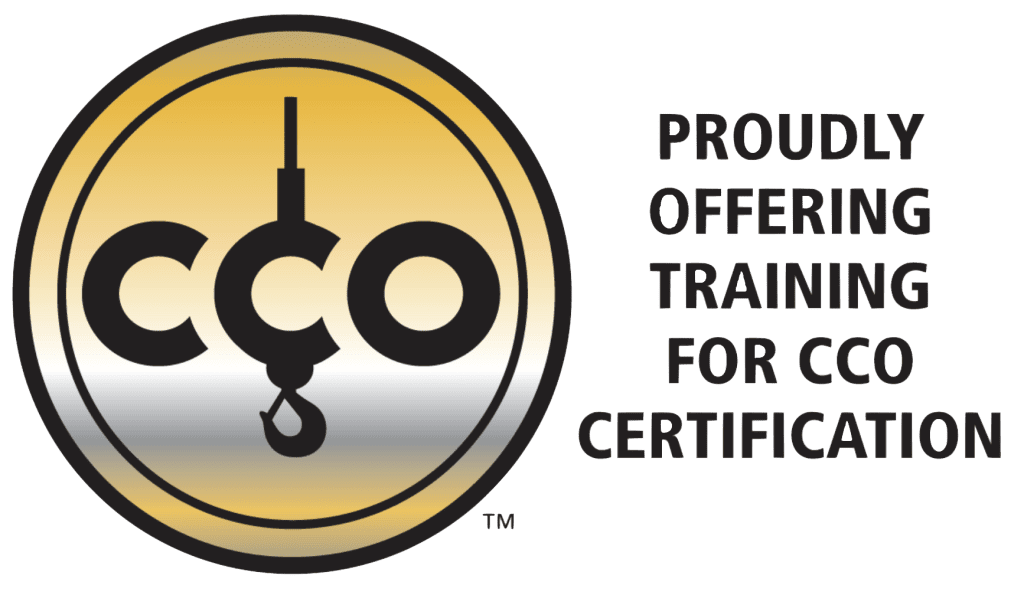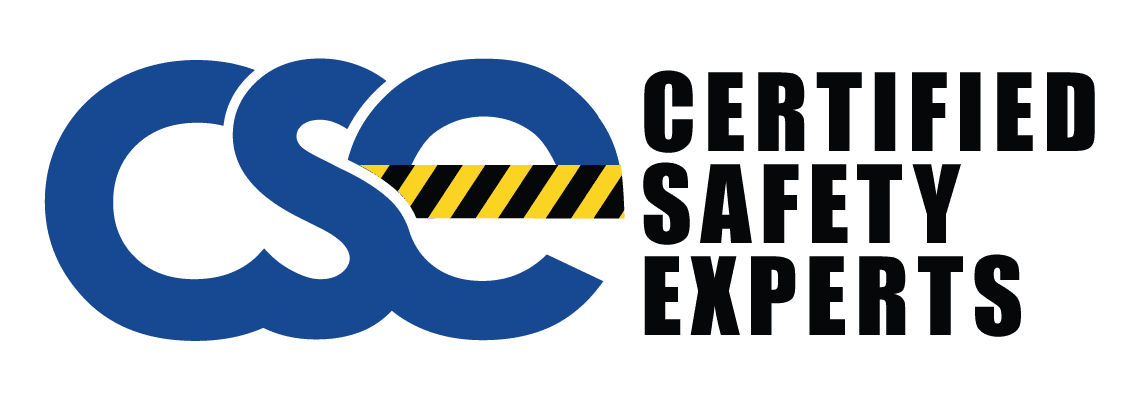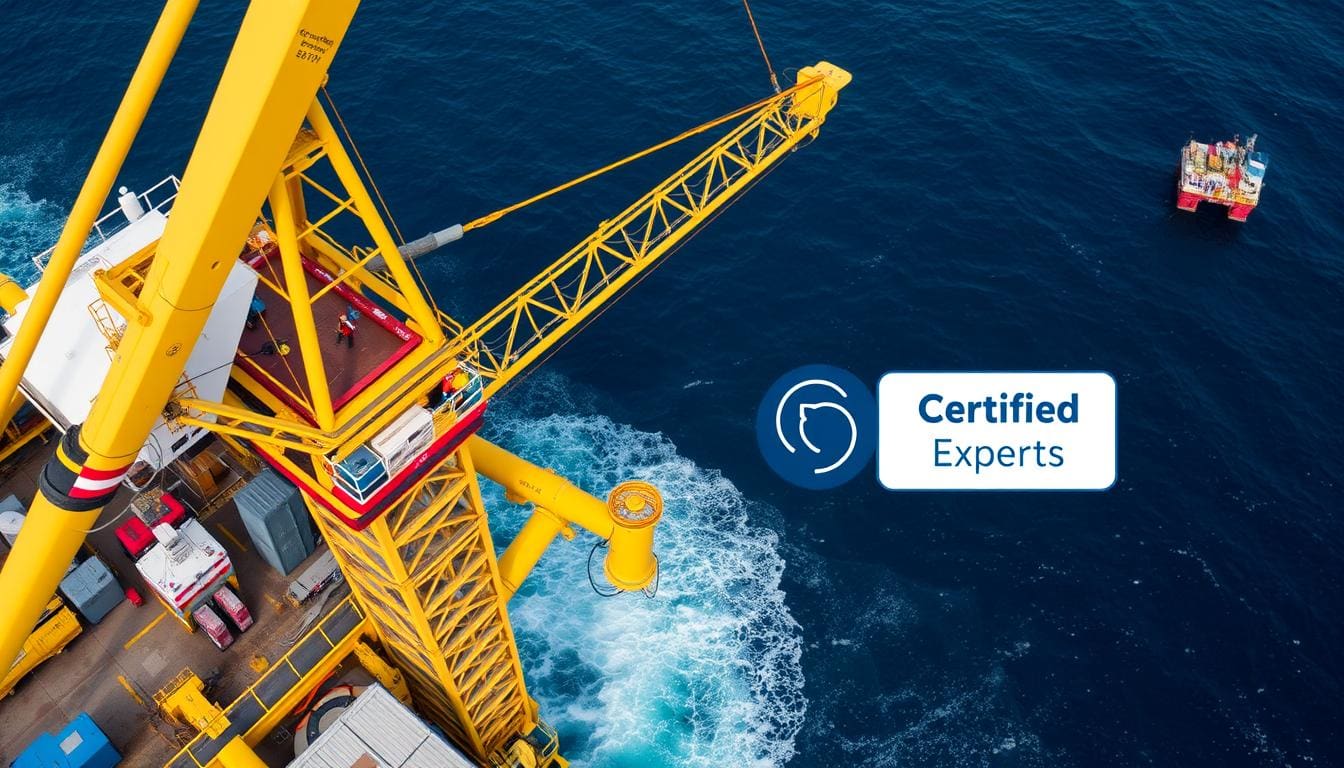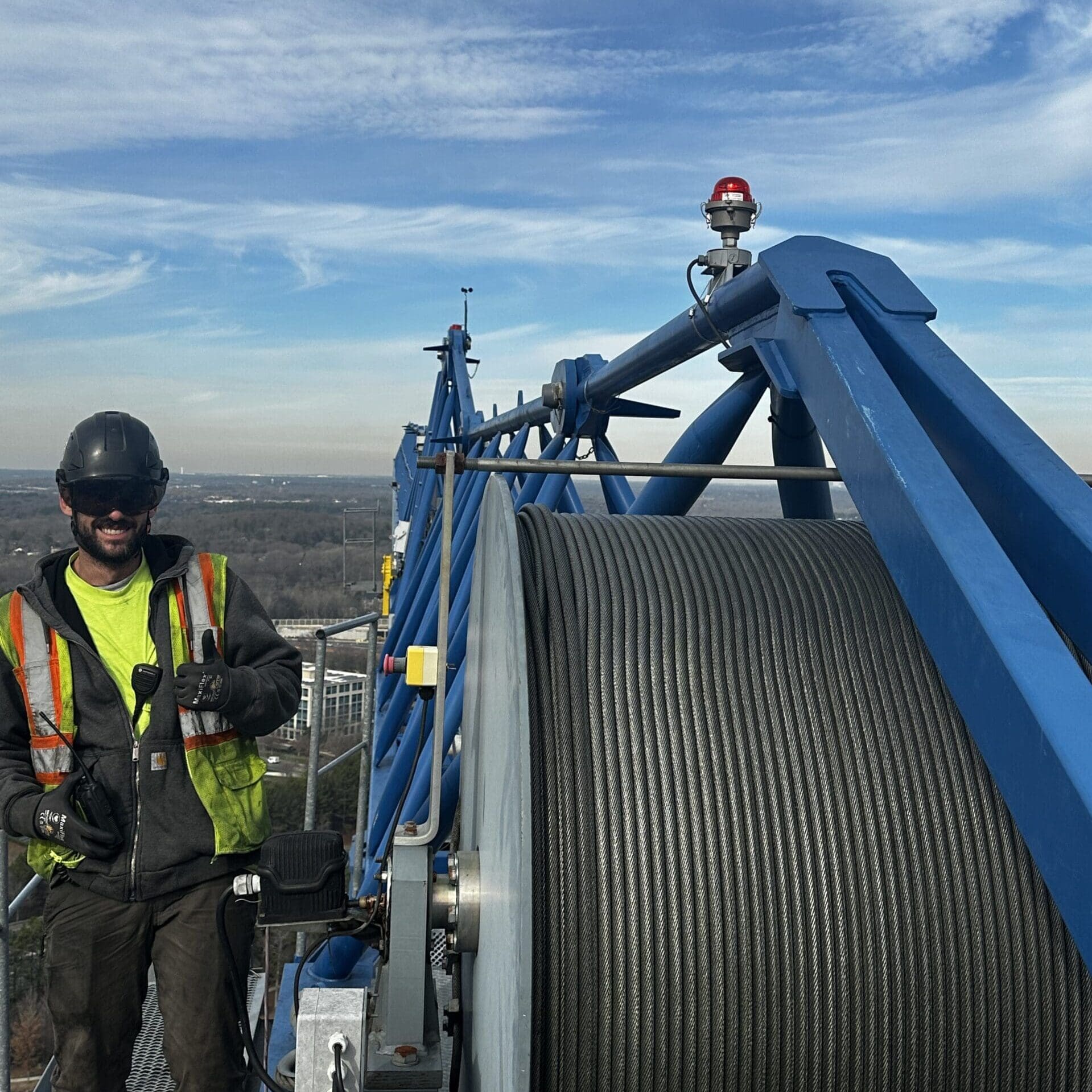Are you sure your rig’s cranes are safe and follow all safety rules?
Offshore crane inspections are key for keeping rigs safe and running well. They prevent accidents, keep operations safe, and make things work better. It’s very important to follow safety rules set by OSHA for crane safety. The IMCA’s data shows that strict inspections lead to fewer crane accidents at sea.
It’s vital to know how important crane checks are and the role of certified inspectors. They help any operation stay safe and successful over time. The American Society of Mechanical Engineers (ASME) also says that regular and thorough inspections are needed for crane safety at sea.
Key Takeaways
- Regular offshore crane inspections are vital for operational safety and efficiency.
- Adherence to OSHA guidelines is necessary for ensuring crane safety.
- IMCA statistics highlight the importance of stringent inspection protocols.
- Certified crane inspectors play a crucial role in maintaining rig safety.
- ASME best practices recommend frequent and rigorous inspection schedules.
Importance of Offshore Crane Inspections
Offshore crane inspections are key to keeping cranes safe and working well on oil rigs. They help prevent mechanical failures, keeping the crew and equipment safe.
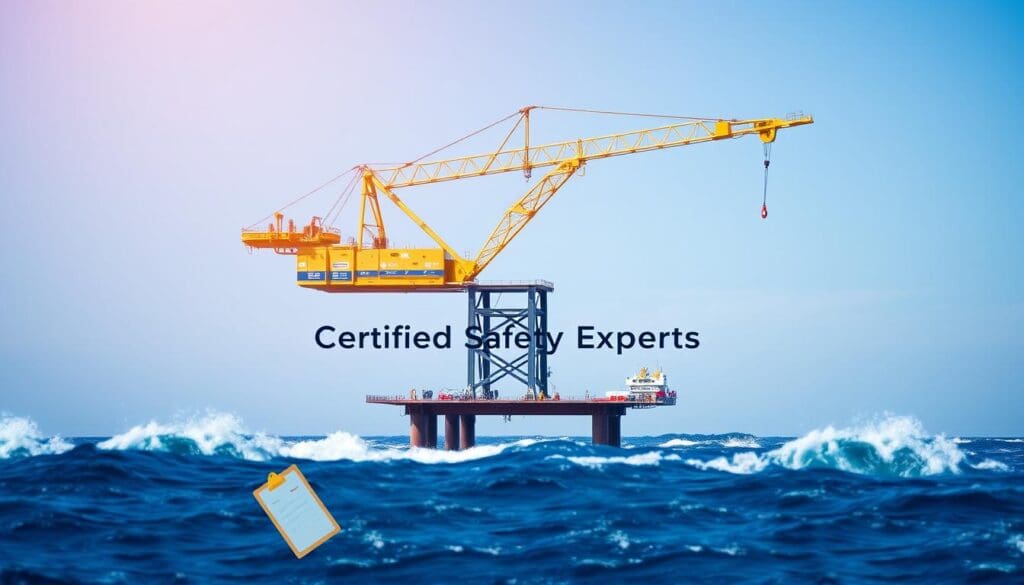
Enhancing Offshore Crane Safety
Keeping cranes in good shape is vital to spot and fix problems early. Regular checks help follow safety rules to avoid accidents. Following ISO standards makes sure cranes meet the highest safety levels.
Ensuring Rig Compliance
Following offshore crane rules is a must and a smart move for the industry. Regular checks make sure cranes meet all safety and performance standards. This way, companies avoid big fines and keep operations running smoothly. Case studies show the big costs of not following the rules.
The Role of Certified Crane Inspectors
Certified crane inspectors are crucial for keeping offshore cranes safe. The National Commission for the Certification of Crane Operators (NCCCO) trains them well. These experts check cranes to keep them safe and up to code. Their knowledge in crane upkeep is key to lowering risks.
What to Expect from Professional Crane Inspection Services
Offshore facilities can look forward to a detailed and systematic crane inspection. This process focuses on safety and making sure everything meets the rules. It relies on a detailed checklist, a skilled team, and regular reports.
Comprehensive Inspection Checklist
A detailed crane inspection checklist is key. It covers all parts of a crane’s work and build. This includes checking load-handling, mechanical and structural strength, and electrical systems.
- Verification of load-handling capabilities.
- Assessment of mechanical and structural integrity.
- Inspection of electrical systems and controls.
This checklist helps inspectors follow safety rules closely. It reduces the chance of unexpected failures.
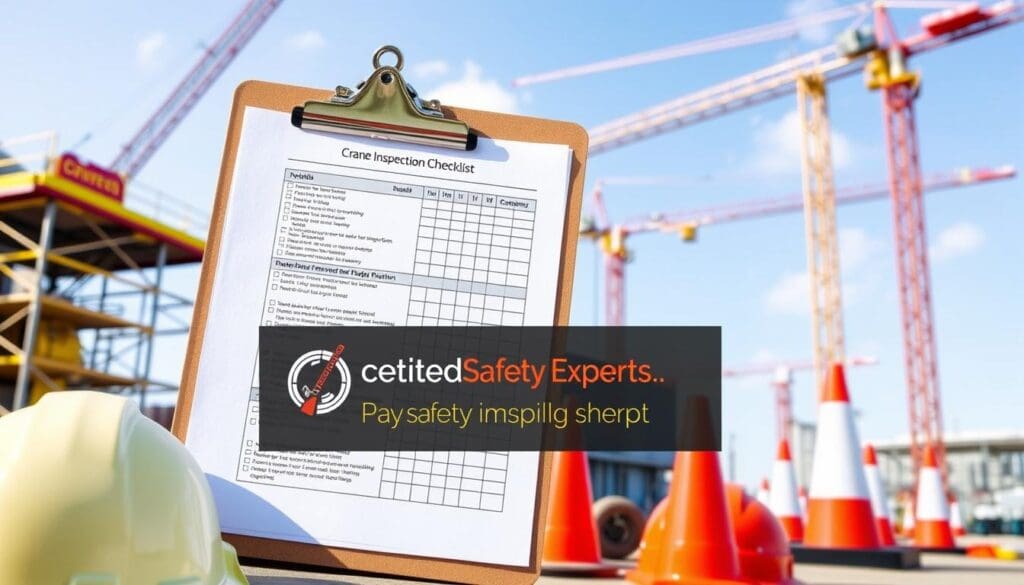
Expert Crane Inspection Team
An expert team is crucial for reliable inspections. They have a lot of experience with crane mechanics and electronics. They can find issues that others might miss. Their certification shows they meet high safety standards.
Routine and Detailed Reports
Regular inspections lead to detailed reports. These reports are key for keeping accurate records and spotting problems early. They include an overview, specific areas to focus on, and steps to fix issues.
- An overview of the inspection findings.
- Specific areas that need attention.
- Recommendations for corrective actions.
This detailed documentation helps track the crane’s performance. It’s important for audits and keeping operations safe.
Choosing the Best Crane Inspection Company
Choosing the right crane inspection company is key for offshore operations’ safety and efficiency. This choice greatly affects the rig’s operational integrity and compliance. We’ll look into important factors, the perks of hiring a certified inspector, and real-world examples of successful inspections.
Factors to Consider
When picking the best crane inspection provider, consider these key points:
- Track Record: Check the company’s history, experience, and past performance in offshore crane inspections.
- Certifications: Make sure the company is accredited by recognized industry bodies, ensuring high standards.
- Inspector Qualifications: The quality of the inspection depends on the inspectors’ expertise. Look for a team with relevant credentials.
The Benefits of Hiring a Certified Inspector
Hiring a certified inspector offers many benefits. First, they are reliable, following strict guidelines and protocols. This ensures thorough evaluations and accurate reports, vital for safety and compliance. Certified inspectors also boost the inspection’s credibility, giving stakeholders peace of mind.
Case Studies of Successful Inspections
Many offshore companies have seen big benefits from hiring certified inspectors. For example, a detailed analysis of a major offshore rig found critical issues that were quickly fixed. This led to better safety and efficiency. Another case showed how regular checks by a crane inspection company prevented mechanical failures, saving big repair costs and downtime.
Insights from experts, certification standards, and testimonials highlight the crucial role of a reliable crane inspection provider. By focusing on these factors, offshore operators can improve their equipment’s safety and lifespan.
Offshore Crane Inspections: Detailed Procedures
Ensuring offshore cranes are safe and work well needs a thorough check-up. It’s key to follow strict crane inspection steps to keep these important machines running right.
Inspectors start with visual inspections. They look at mechanical, structural, and electrical parts for damage, wear, or oddities. Spotting problems early helps avoid bigger issues later.
Then, they use non-destructive testing (NDT). This includes ultrasonic, magnetic particle, and radiographic tests. These methods check the crane’s parts deeply without harming them. They’re key in finding hidden damage or corrosion.
After NDT, function testing makes sure everything works as it should. Inspectors check brakes, load indicators, and emergency stops. These are crucial for safety. Each part is tested under real-world conditions to prove it’s reliable.
There are also routine and special inspections. Routine checks happen every two years or so, focusing on parts that wear out fast. Special checks are done after incidents or big changes to meet safety rules.
New tech is making crane inspections better. Drones, 3D imaging, and robots help inspect hard-to-reach spots accurately. This makes the whole process more efficient.
By following these detailed crane inspection procedures, companies can meet safety rules and cut down on accidents and downtime. These steps help offshore cranes last longer and work safely in tough places.
Conclusion
Offshore crane inspections are very important. They help keep cranes safe and meet industry standards. By using professional inspectors, offshore places can keep their cranes working well and safe.
Experts say these inspections are a must. Keeping offshore cranes in good shape saves lives and cuts down on unexpected breakdowns. This means a safer and more efficient work place.
We highly recommend offshore facilities to make these inspections a top priority. Don’t wait for a problem to happen. Make sure your equipment is safe and follows the rules now. Call to set up crane inspection services today. Our expert team can do a full check-up and give you peace of mind that your cranes are ready.
